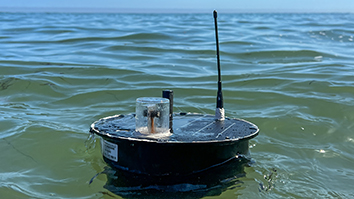Citation
Zahr, N. M., Saranathan, M., Carr, R., Collins, A. M., Rohlfing, T., Mayer, D., . . . Pfefferbaum, A. (2014, 15-19 November). Brain metabolite levels as predictors of abstinance or relapse in alcohol use disorders. Paper presented at Neuroscience 2014, Washington, DC.
Abstract
Chronic alcohol abuse results in morphological, metabolic, and functional brain damage that is, to some extent, reversible with abstinence. This in vivo magnetic resonance spectroscopy (MRS) study included 15 control (Con) subjects and 20 recently sober (19.6±12.6 days) individuals with alcohol use disorders (AUD). The 2 groups did not differ with respect to age, systolic or diastolic blood pressure, or body mass index. The AUD compared with the Con group had lower education, socio-economic status, and self-reported global functioning (p≤.0001) and a higher resting heart rate (p=.0170). Follow-up 3-6 months after MRS acquisition determined that, of the 20 AUD subjects, 5 had remained abstinent from alcohol (AUD-A) and 10 had relapsed (AUD-R); 5 AUD subjects were lost to follow-up. MRS was performed in single voxels placed in frontal white matter (fwm) or thalamic (thal) regions and quantified N-acetylaspartate (NAA), total creatine (tCr), choline-containing compounds (Cho), and glutamate (Glu). Con and AUD groups did not differ in fwm metabolite levels; thal NAA (p=.0455) was lower in the AUD than Con group. Three-group analyses were significant for thal NAA (p=.0331, lower levels in the AUD-R than Con (p=.0157) or AUD-A (p=.0447) groups) and showed trends for fwm NAA (p=.0581, lower levels in AUD-R than AUD-A, p=.0235). A nominal logistic model to predict follow-up outcome (abstinence or relapse) in the AUD group including fwm NAA and thal NAA explained 25% of the variance: fwm NAA (r2=.0942) made a greater unique contribution to explaining the variance than thal NAA (r2=.0257). Thus, in agreement with findings from other imaging modalities, relatively higher integrity of frontal brain regions, responsible for behaviors such as decision-making and executive functioning, may be a necessary prerequisite for successful abstinence.


